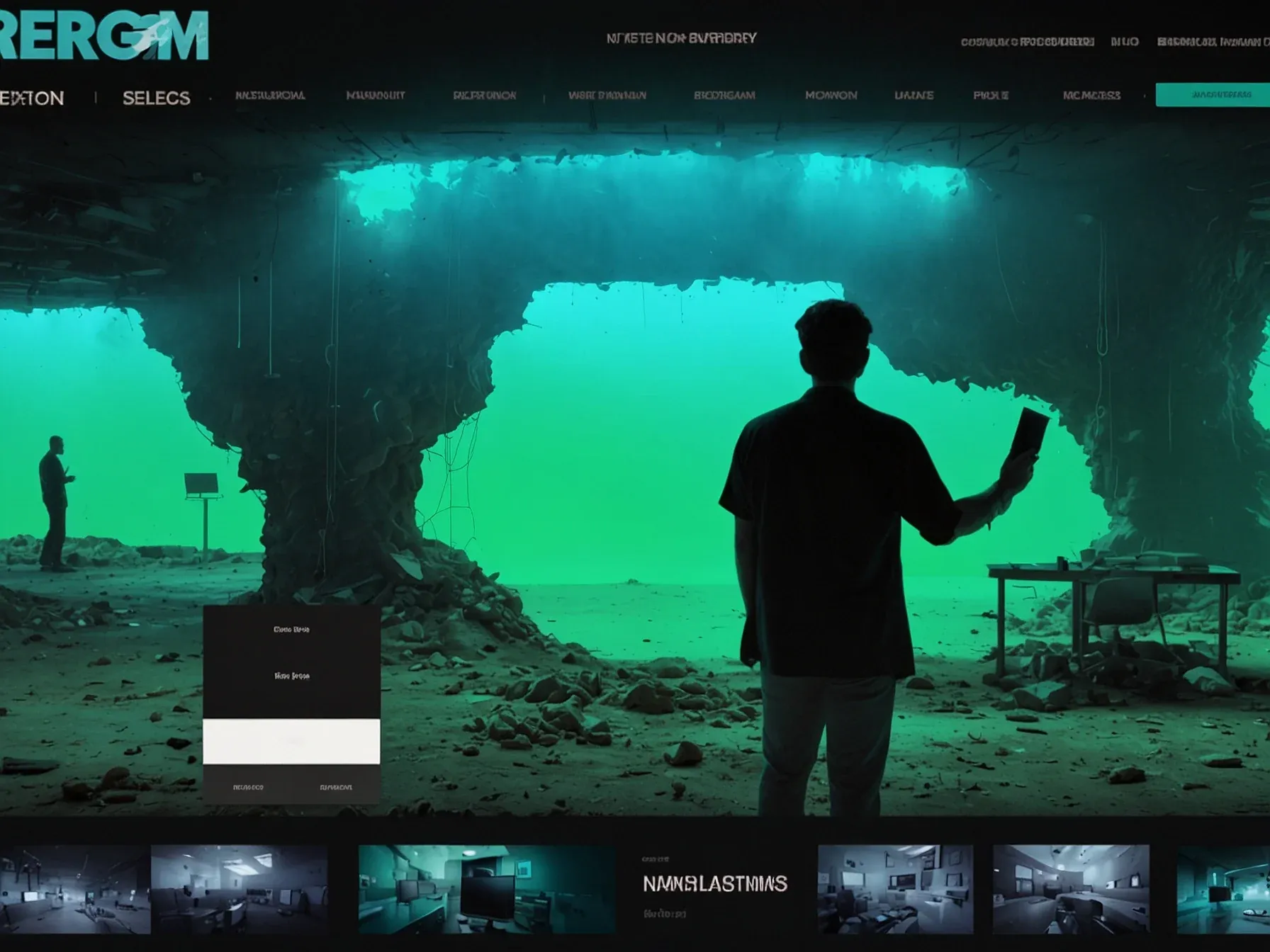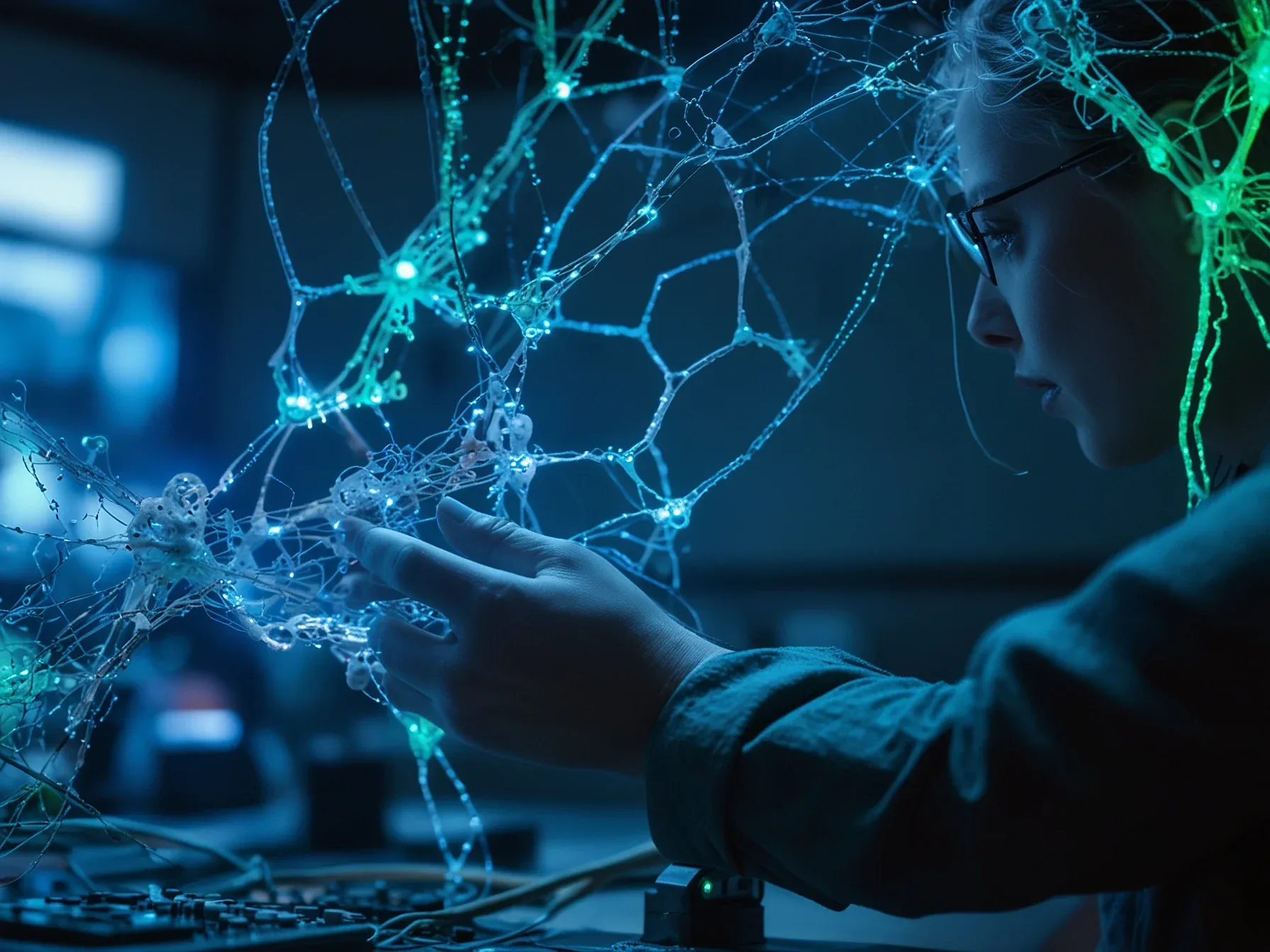
DeepEyesV2 Beats Larger Open‑Source Models by Leveraging Search Tools
The latest benchmark suite pits a crowded field of open‑source language models against one another, measuring not just raw knowledge but how well each system can juggle reasoning, planning and interaction. In that arena, size has long been the shorthand for strength; larger parameter counts usually translate to higher scores on standard tests. Yet the new DeepEyesV2 paper flips that assumption on its head, showing that a leaner architecture can eclipse heftier rivals when it leans on external utilities instead of hoarding facts internally.
Researchers fed the same set of multi‑step prompts to every contender, then recorded how often each model could stitch together the three required abilities without stumbling. The results point to a surprising lever: tools that fetch and filter information in real time. When those helpers are engaged, the gap between a modest model and a heavyweight narrows dramatically, hinting that the next wave of progress may come from smarter integration rather than bigger brains.
But DeepEyesV2 outperformed other open-source models on tasks that require coordination across all three capabilities. The analysis also found that search tools play a major role in boosting accuracy, with text search providing the biggest gains. This suggests that many models still struggle to mean
But DeepEyesV2 outperformed other open-source models on tasks that require coordination across all three capabilities. The analysis also found that search tools play a major role in boosting accuracy, with text search providing the biggest gains. This suggests that many models still struggle to meaningfully incorporate information from visual search alone.
How tool use helps smaller models compete DeepEyesV2 shows its largest gains in specialized benchmarks. In mathematical reasoning tasks, it scored 52.7 percent on MathVerse, a 7.1-point improvement over its base model. The model also performs well on search-driven tasks.
Does tool integration matter more than raw parameters? DeepEyesV2 suggests it does, outperforming larger open‑source rivals by coordinating image analysis, code execution, and web search. The Chinese team discovered early that reinforcement learning alone failed to produce stable multimodal tool use, prompting a shift toward explicit tool orchestration.
By directing the model to invoke a text‑search engine, accuracy jumped noticeably, indicating that external knowledge sources can compensate for limited training data. Yet the analysis also notes many models still struggle to mean—an incomplete observation that hints at lingering gaps in seamless capability blending. Consequently, DeepEyesV2’s advantage appears tied to its intelligent selection of tools rather than sheer model size.
While the results are promising, it remains unclear whether this approach scales across diverse domains or whether reliance on search introduces latency or consistency issues. The findings underscore a broader question: will future multimodal systems prioritize built‑in knowledge or external augmentation? For now, the evidence points to the latter as a viable path, though further validation is needed.
Further Reading
Common Questions Answered
How does DeepEyesV2 achieve higher accuracy than larger open‑source models?
DeepEyesV2 leverages external search tools, especially text‑search, to supplement its internal knowledge. By orchestrating image analysis, code execution, and web search, it compensates for its smaller parameter count and outperforms heftier rivals on coordination tasks.
What role do search tools play in the performance gains of DeepEyesV2?
The benchmark analysis shows that search tools, particularly text‑search, provide the biggest accuracy boost. Incorporating external information through these tools allows DeepEyesV2 to handle reasoning, planning, and interaction more effectively than models that rely solely on internal parameters.
Why did the Chinese research team shift from reinforcement learning to explicit tool orchestration?
They found that reinforcement learning alone failed to produce stable multimodal tool use, leading to inconsistent performance. Switching to explicit orchestration—directly instructing the model to invoke tools like a text‑search engine—resulted in noticeable accuracy improvements.
What does the DeepEyesV2 paper suggest about the importance of tool integration versus raw parameter count?
The paper argues that tool integration can outweigh raw parameter size, as DeepEyesV2 outperforms larger open‑source models by effectively coordinating external tools. This finding challenges the traditional assumption that bigger models automatically achieve better benchmark scores.




